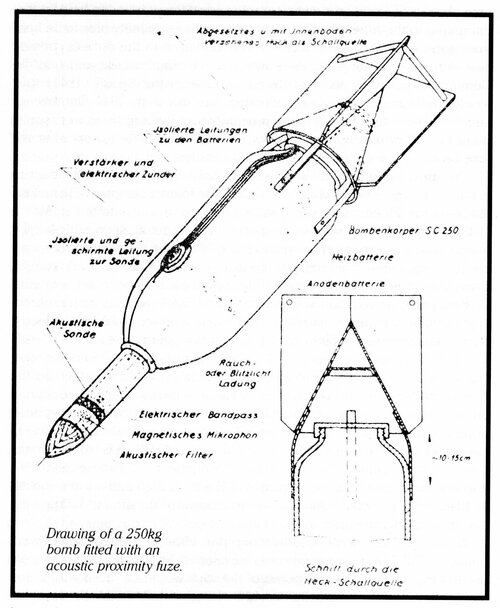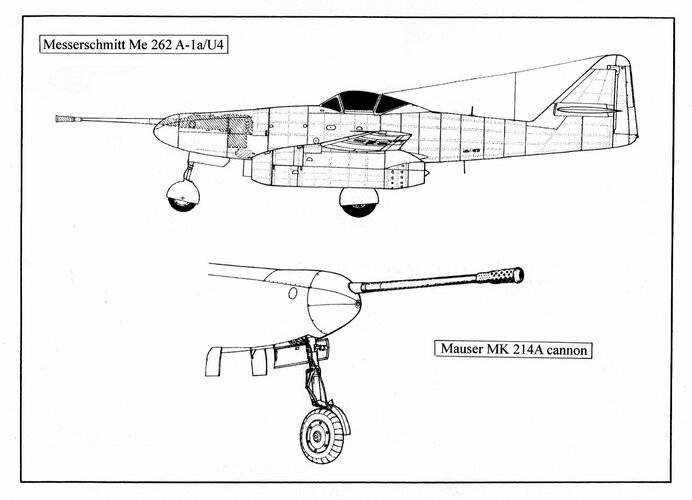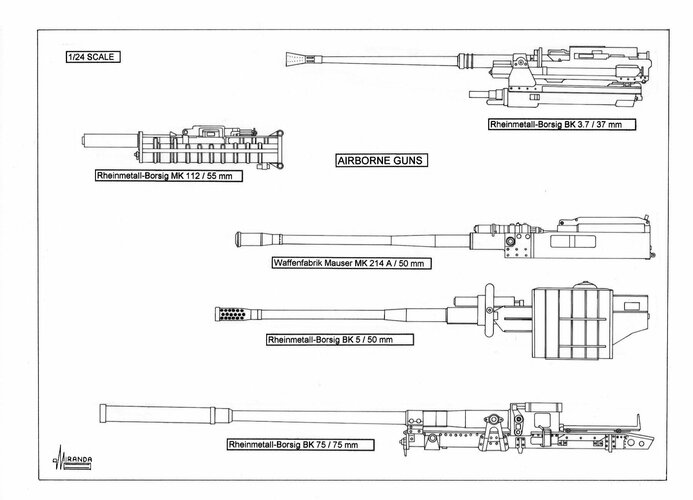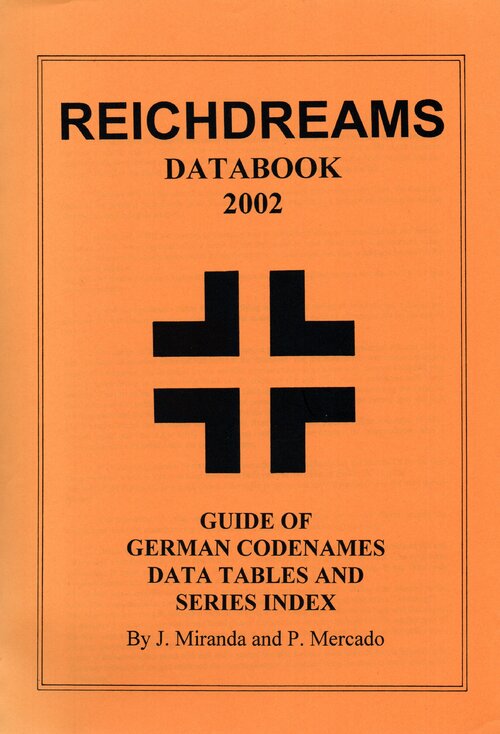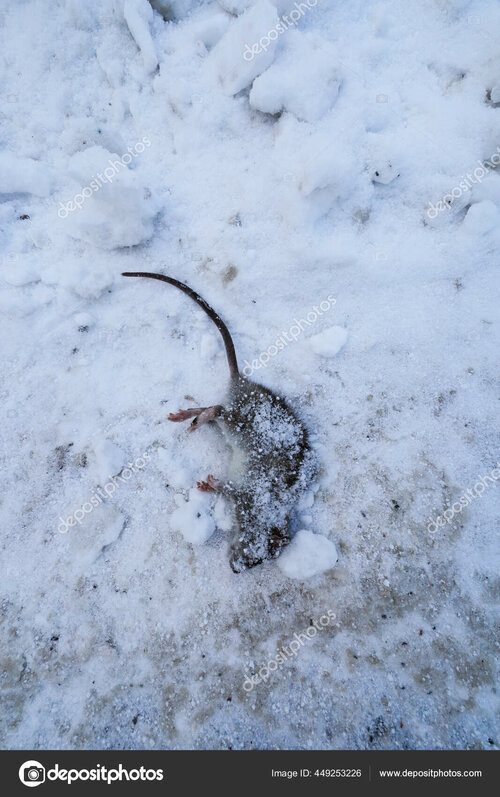Hi everybody
This is all, I know about german Air-to-Air-Bombing !
Maybe someone knows more ?
Here the story of Jagdgeschwader 11, they used 250kg bombs with time fuze.
http://en.wikipedia.org/wiki/Jagdgeschwader_11
There was also Kommando Stamp (Me-262) , they used AB-250 and AB-500 !
Here the Stimmgabel acoustic fuze
http://www.airtalk.org/1-vt27624.html?start=0
Developed for parachute-retarded bomb dropped over Allied bomber streams.
Some other german Air-Air Sonderwaffen (Erprobungskommando 25)
Schlinge
http://www.secretprojects.co.uk/forum/index.php/topic,3629.0.html
Krebs
http://ourworld.compuserve.com/homepages/neilpage/heavyweapons.html
Zellendusche
http://www.luftarchiv.de/bordgerate/waffen2.htm
More Sondergeräte
http://www.cockpitinstrumente.de/archiv/Dokumente/ABC/s/SG%20Sondergeraete/Sondergereate%20der%20Luftwaffe.html
Thanks a lot for help in advance
Many greetings
This is all, I know about german Air-to-Air-Bombing !
Maybe someone knows more ?
Here the story of Jagdgeschwader 11, they used 250kg bombs with time fuze.
http://en.wikipedia.org/wiki/Jagdgeschwader_11
There was also Kommando Stamp (Me-262) , they used AB-250 and AB-500 !
Here the Stimmgabel acoustic fuze
http://www.airtalk.org/1-vt27624.html?start=0
Developed for parachute-retarded bomb dropped over Allied bomber streams.
Some other german Air-Air Sonderwaffen (Erprobungskommando 25)
Schlinge
http://www.secretprojects.co.uk/forum/index.php/topic,3629.0.html
Krebs
http://ourworld.compuserve.com/homepages/neilpage/heavyweapons.html
Zellendusche
http://www.luftarchiv.de/bordgerate/waffen2.htm
More Sondergeräte
http://www.cockpitinstrumente.de/archiv/Dokumente/ABC/s/SG%20Sondergeraete/Sondergereate%20der%20Luftwaffe.html
Thanks a lot for help in advance
Many greetings






